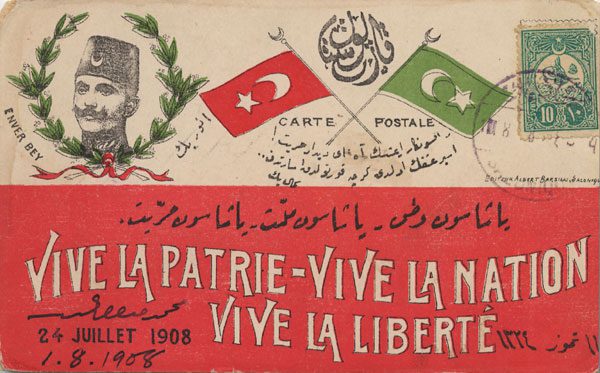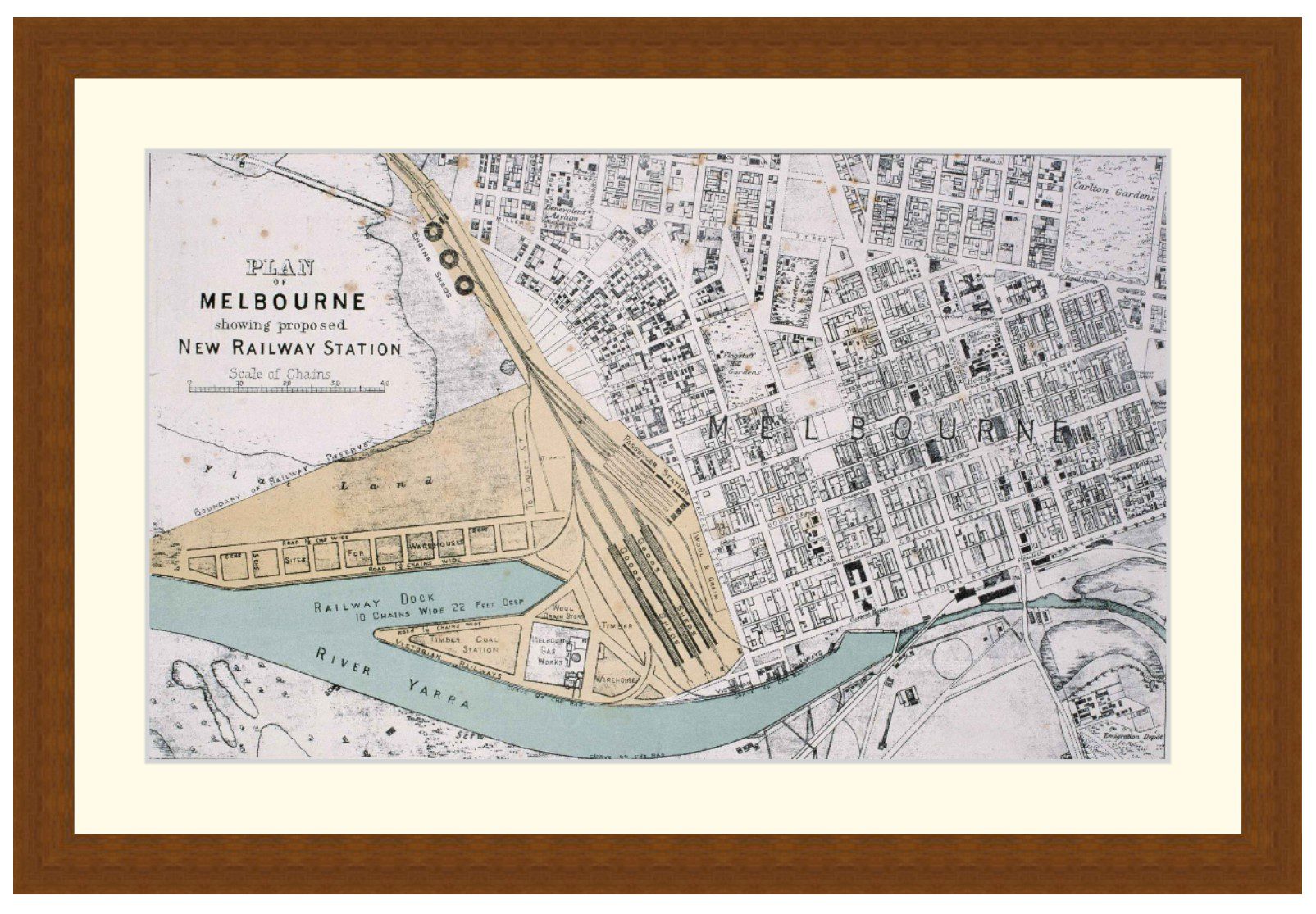Reading time: 5 minutes
Perhaps an old-fashioned diplomatic historian might add to the valuable comments by Peter Jennings, Peter McCawley and Greta Nabbs-Keller on how to handle the current tensions between Australia and Indonesia. In particular, we might usefully look at the years between 1963 and 1966, when the two countries were engaged in armed conflict. In an extremely complex regional and international environment, Australian troops supported British and Malaysian forces who were opposing the Indonesian ‘Confrontation’ (Konfrontasi) of the new federation of Malaysia.
By Peter Edwards, the author of Crises and Commitments and Australia and the Vietnam War
The Indonesian Confrontation (as it’s now officially designated) was a relatively small conflict instigated by Sukarno, soon wiped from the public mind and memory by the much larger war in Vietnam. But Jakarta’s provocative mixture of political rhetoric, diplomatic posturing, and low-level military engagements always carried the danger of escalation, threatening Australia’s national interests and complicating our alliance relationships.
Australia’s handling of that challenging crisis can now be seen as an outstandingly successful display of statecraft. In essence, Australian diplomats convinced their minister, Sir Garfield Barwick, who in turn convinced the prime minister, Sir Robert Menzies, and their senior ministerial colleagues, that the conflict required delicate handling. The Indonesians must not be allowed to prevent the formation of the new federation of Malaysia, but the impact on long-term Australia–Indonesia relations had to be minimised. Skill and good fortune led to an excellent outcome. After the 1965 coup, Jakarta dropped its Confrontation policy, and Australia soon established a cordial relationship with the new regime.
To achieve those aims, the government went to great lengths to keep open all possible channels of communication with Indonesia. Through those channels, a clear, consistent but nuanced message was conveyed. In effect, Canberra said to Jakarta: ‘We strongly oppose your policy towards Malaysia, and we will act to prevent it from succeeding. But Australia and Indonesia will always be close neighbours, and it’s in the interests of both countries to have the best possible long-term relationship. So we’ll work to confine this issue, and not allow it to damage other areas. We’ll also do everything we can to resolve this issue as peacefully as possible, and to help you to end it without loss of face, at home or internationally.’

The policy was largely driven by the Department of External Affairs, a forerunner of today’s DFAT, which was then going through something of a golden era. The heads of our diplomatic missions in Jakarta and Kuala Lumpur played major roles, as did the senior diplomats in Canberra. Not only were diplomatic, aid, trade and educational links maintained, but Australian and Indonesian officers attended each other’s staff colleges, while their comrades were in combat.
The military played a vital role, combining successful operations with great discretion. Australian soldiers and their Commonwealth allies crossed the border into Indonesian territory, but those operations were kept highly secret. Indonesian casualties were announced as having taken place on Malaysian soil, to minimise embarrassment to Jakarta.
None of this came easily. Menzies, Barwick and their respective departments differed sharply over whether Australian policy was ‘flabby’. Critics in the media and public accused the government of appeasement. Nevertheless, the nuanced policy was maintained, and to good effect.
No two historical episodes are identical. The lessons of one are not necessarily applicable to another, but some elements of this example of successful Australian statecraft probably have wider application.
First, keeping open all possible channels of contact and communication is important. Far from withdrawing the ambassador—an act at best unhelpful and at worst counter-productive—the government placed considerable trust in a skilful diplomat. (It’s sheer bad luck that the current tension is occurring when there’s no serving Australian ambassador in Jakarta.) Keeping aid, trade and other links open, even while the military were engaged in combat, sent a silent but clear message about the costs of the immediate problem and the benefits of a good long-term relationship.
More broadly, ministers showed that they had confidence in a strong, capable and experienced foreign office and diplomatic service, as well as in the ability of the armed forces to operate skilfully, effectively and with great discretion. Military and diplomatic actions were carefully calibrated and coordinated. A ‘whole-of-government’ approach was achieved through robust discussion between Cabinet ministers and senior officials.
Ministers and officials consistently sought to confine the extent of the conflict, to avoid raising the temperature of political and diplomatic discourse, and not to link Confrontation to other areas of the relationship. When appropriate, Australian policymakers urged moderation and restraint on friends and allies as well as enemies, sometimes hosing down their British and Malaysian counterparts in the interests of an agreed outcome. Canberra also kept closely in touch with Washington, which always keeps a close, if discreet, watch on Australia–Indonesia relations.
The prime minister left much of the running to a capable foreign minister, confining his own contributions to matters of high policy, expressed with Menzian eloquence. Opposition to Indonesian policy was stated firmly, but diplomatically. The government succeeded, for the most part, in avoiding belligerent statements designed to impress a domestic audience, even when facing accusations of appeasement.
And at all times, the government kept its eyes focused on the long-term goal of achieving a positive relationship with our most important neighbour, even when Australian and Indonesian forces were engaged in direct conflict.
This article was originally published in The Strategist.
Podcasts about the Indonesian Confrontation.
Articles you may also like:

The Making of the British Empire (A.D. 1714-1832) – Audiobook
THE MAKING OF THE BRITISH EMPIRE (A.D. 1714-1832) – AUDIOBOOK By Arthur Hassall (1853 – 1930) At its height, the British Empire was the largest in history. This short volume traces its development through the long 18th century, from 1714 to the end of the Napoleonic Wars. Founded on the prosperity of Sir Robert Walpole’s […]

A Period of Change: Global Events in the Lead Up to WWI
The history of the lead up to WWI is undoubtedly dominated by Europe. European powers understandably take centre stage, given their influence on the start of the Great War. However, the years before WWI were a period of change – not just in Europe – but all over the world. Revolutions, wars, and political upheaval […]

Wounded Knee: Shame or Honour?
On 29 December 1890, between 150-300 Sioux Lakota men, women, and children, most of whom were unarmed, were killed by the United States military. Known as the Wounded Knee Massacre, after Wounded Knee Creek in the Pine Ridge Reservation, South Dakota, this event has attracted recent attention due to the twenty Medals of Honour awarded […]
The text of this article is republished from The Strategist under a Creative Commons Attribution-NonCommercial-NoDerivatives 4.0 International License in accordance with their republishing policy.








